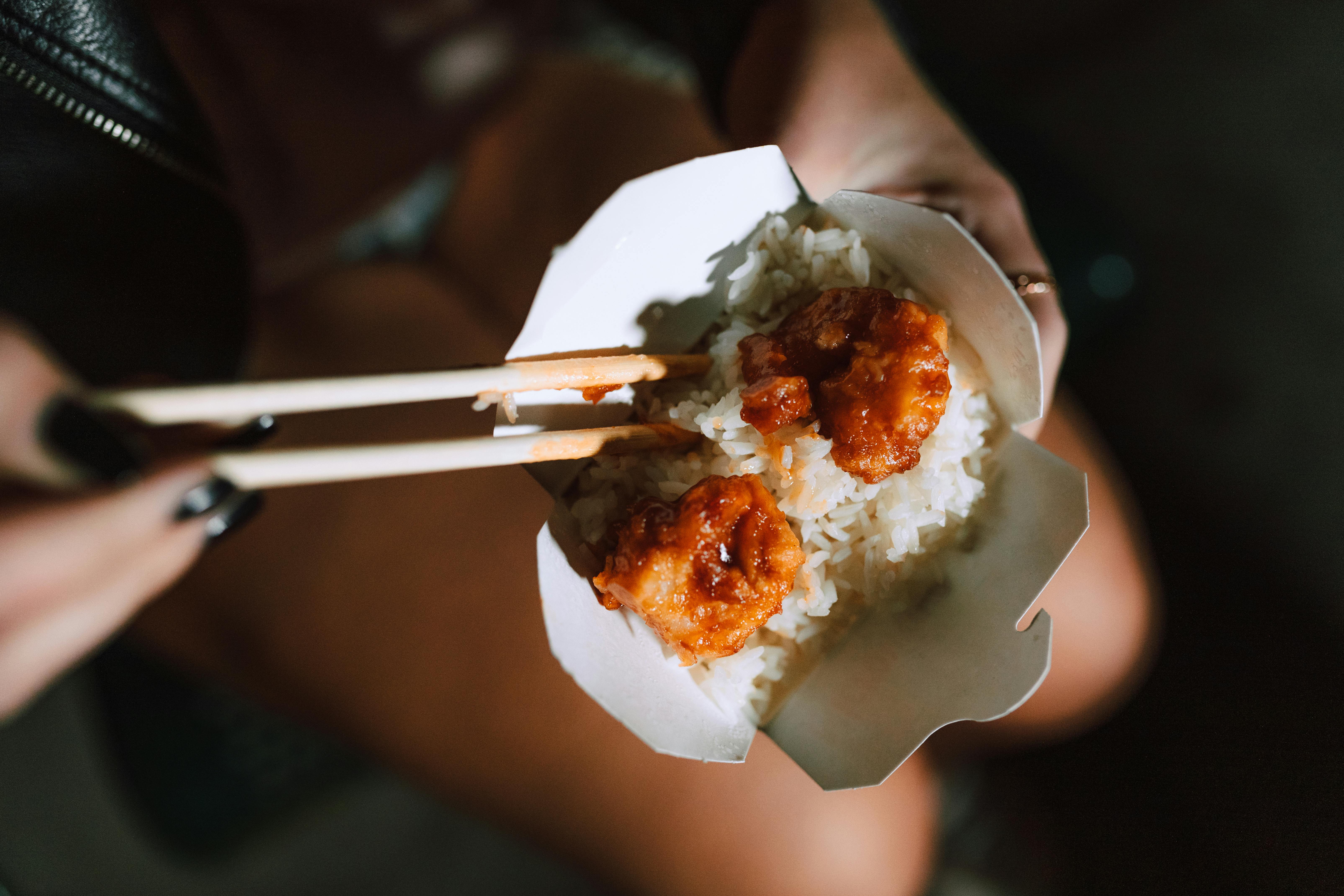Have you ever wondered how chefs are transforming Korean cuisine with food artistry and sculpting techniques? Korean cuisine is known for its rich flavors, but there’s a growing trend among chefs to elevate the visual appeal of dishes, turning each meal into a work of art. This culinary revolution is not just about taste but also about creating an aesthetically pleasing experience.

The Evolution of Korean Cuisine
Korean cuisine has a long history, steeped in tradition and rich in flavors. Traditionally, Korean cooking emphasizes balance and harmony, using a variety of ingredients that combine to create complex, multi-layered tastes. However, it’s not just the flavors that make Korean food stand out; the visual presentation is equally important. Historically, food presentation was influenced by cultural etiquette and aesthetics. For example, royal court cuisine was meticulously arranged to reflect the importance of each dish and its place within the meal.
Aesthetic Principles in Traditional Korean Cuisine
In the past, traditional Korean meals focused on achieving visual balance through color, texture, and the arrangement of dishes. The Obangsaek, or the five cardinal colors (white, black, blue, red, and yellow), were often used to represent different elements and directions, bringing harmony to the meal. This principle was rooted in Korean culture and philosophy, influencing how foods were chosen and presented.
| Color | Representation | Traditional Ingredients |
|---|---|---|
| White | Metal | Rice, radish, garlic |
| Black | Water | Black beans, sesame |
| Blue | Wood | Green vegetables |
| Red | Fire | Chili, red dates |
| Yellow | Earth | Soybean paste, eggs |
These principles emphasized the sophistication and elegance of the cuisine, long before contemporary chefs began to incorporate modern art techniques.
Modern Interpretations of Food Artistry in Korean Cuisine
In recent years, there has been a huge shift towards incorporating more modern artistic concepts into traditional Korean dishes. This isn’t about blending two distinct cultures but rather enhancing the visual and sensory experience of traditional Korean flavors.
The Influence of Global Gastronomy
As chefs around the world experiment with molecular gastronomy, fusion cuisine, and food sculpting techniques, Korean chefs are also adopting these trends. These chefs are inspired by global techniques but often put their unique spin on them, respecting the natural flavors and traditions of Korean food.
Techniques Fueling This Evolution
Molecular Gastronomy: Korean chefs are using molecular gastronomy techniques like spherification and gelification to create new textures and forms. This is particularly evident in high-end restaurants, where chefs transform traditional sauces and broths into spheres or gels that burst with flavor.
Food Sculpting: Food sculpting is another technique that’s gaining popularity. Chefs carve fruits, vegetables, and even proteins into intricate designs. For instance, radishes might be intricately carved into flowers, adding an artistic flair to the presentation.
Plating Techniques: Modern Korean chefs pay tremendous attention to plating. Ingredients are arranged meticulously to create a visually stunning plate, often inspired by nature or abstract art.
The Role of Technology in Modern Korean Cuisine
Technology is playing a crucial role in the evolution of food artistry in Korean cuisine. From 3D printing to edible inks, these advancements allow chefs to create intricate designs that were previously impossible.
Edible 3D Printing
3D printers that use edible materials are revolutionizing the culinary scene. Chefs can now print intricate shapes using rice paste, chocolate, or even kimchi juice. These designs add a whole new dimension to food presentation.
Edible Inks and Paper
Edible inks and rice paper are being used to add detailed images and patterns to dishes. Imagine a traditional Korean dessert adorned with edible images of cherry blossoms or intricate Hanbok patterns.
Influences of Traditional Art Forms
Korean cuisine has always been influenced by the country’s rich cultural heritage, including traditional art forms like Hanbok (traditional Korean clothing) and Minhwa (folk painting).
Incorporating Hanbok Design
The vibrant colors and intricate patterns of Hanbok are inspiring chefs to introduce similar aesthetics in food presentation. Chefs use colorful vegetables and edible flowers to mimic the fabric’s intricate designs, turning a simple dish into a visual masterpiece.
Inspiration from Minhwa
Minhwa paintings, known for their whimsical and vibrant images, serve as a source of inspiration for dessert presentation. These influences bring a piece of Korean cultural history into modern culinary practices, making each dish a blend of art and flavor.

How Chefs Master These Techniques
Mastering food artistry and sculpting techniques is no easy feat. It requires a blend of creativity, skill, and an understanding of Korean flavors. Many chefs attend specialized courses or work under renowned mentors to perfect these skills.
Training and Education
Culinary schools now offer courses specifically focusing on food artistry and molecular gastronomy. Chefs also participate in workshops and showcase their skills in culinary competitions.
The Role of Culinary Competitions
Culinary competitions are a platform where chefs can experiment and demonstrate their skills. These events often set new trends in food presentation and help chefs gain recognition in the industry.
The Changing Restaurant Experience
Restaurants in Korea are increasingly dedicating more time and resources to the visual aspect of their dishes. This shift influences not just fine dining but also more casual eateries that seek to offer a memorable dining experience.
The Rise of Instagrammable Food
Social media platforms like Instagram play a significant role in this shift. Restaurants aim to create ‘Instagrammable’ dishes that not only taste good but also look stunning on camera.
Creating an Immersive Dining Experience
Modern restaurants strive to offer an immersive dining experience, where everything from the table setting to the lighting complements the artistic presentation of the food.

Sustainability in Food Artistry
An emerging trend among chefs is the focus on sustainability while practicing food artistry. This involves utilizing all parts of an ingredient to reduce waste and opting for sustainable materials wherever possible.
Zero-Waste Cooking
Zero-waste cooking is becoming part of the culinary ethos. Chefs employ techniques like root-to-stem cooking, ensuring every part of the ingredient is used in the dish or for garnishes.
Use of Eco-Friendly Materials
Eco-friendly materials, such as biodegradable containers and edible utensils, are growing in popularity. These materials not only enhance the visual appeal but also align with the overall goal of promoting sustainability in the culinary world.
Challenges and Future Prospects
Incorporating food artistry into Korean cuisine comes with its set of challenges. From sourcing the right ingredients to mastering complex techniques, the journey is demanding but rewarding.
Sourcing Ingredients
Sourcing high-quality, sustainable ingredients is essential but can be challenging. Chefs often collaborate with local farmers and producers to ensure they get the best materials to work with.
Balancing Tradition and Innovation
Another significant challenge is finding the right balance between honoring traditional Korean flavors and incorporating modern techniques. Chefs must strike a delicate balance to ensure that the essence of Korean cuisine remains intact.
Future Trends
The future holds immense potential for Korean culinary artistry. Emerging trends include more interactive dining experiences, where diners play a role in the final presentation of their dishes. Technology will continue to evolve, offering new tools and techniques for chefs to explore.

Conclusion
The incorporation of food artistry and sculpting techniques in Korean cuisine is a testament to the dynamic nature of culinary arts. This approach not only elevates the visual appeal of dishes but also pays homage to Korea’s rich cultural heritage. As chefs continue to innovate and experiment, the future of Korean cuisine looks both exciting and promising. Whether you are a food enthusiast or a culinary professional, there’s no denying the artistry and passion that goes into every beautifully crafted dish.
So next time you sit down to enjoy a Korean meal, take a moment to appreciate the intricate details and artistic efforts that make each dish a feast for the eyes and the palate.
